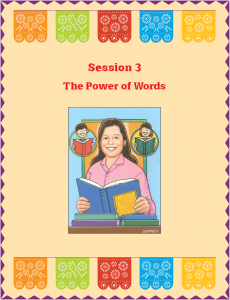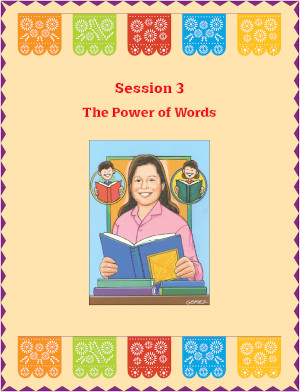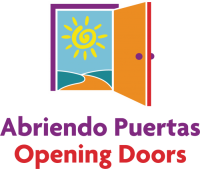In this session, parents will gain practical tips for turning daily routines into opportunities for reading and language development. The session will also explore the benefits of bilingualism and inform parents about how to advocate for their child’s educational rights.
Popular Saying: The more you learn, the more places you will go.
As a result of this session, participants will:
Gain practical tips for turning daily routines into opportunities for building a good foundation in reading, language, and writing development that include “back-and- forth” or “taking turns” interactions and reading daily to their children.
Explore the educational, social, and cultural benefits of bilingualism and feel prepared and confident to advocate for their child’s educational rights.
Background
Language is how humans communicate and it is the foundation for learning. Most babies and young children develop communication skills by listening to and imitating words they learn through daily interactions with their family, caregivers, and others in their lives. Language develops most rapidly in children during the first five years of life. Children with strong language skills do better in school. The number of words a child learns before they begin school (in English, Spanish, or another language) shapes how well they learn to read, write, and understand concepts.
Parents can ensure their children develop strong language skills through activities and games that promote talking, singing, and reading. Verbal interaction between a child and an adult is essential. Reading and taking turns or “back and forth” interactions are two practices that stimulate a child’s language development.
“Back and forth” conversations between a parent and a child can actually change the child’s brain. Parents can have a great impact over their children’s language and brain development by simply having a conversation with their child.Taking turns consists of two-way conversations where parents exchange facial expressions, coos, and words with babies and talk, listen, and respond with older children. Daily activities such as introducing the names of foods while shopping at the supermarket, asking about their favorite animal while at the zoo, and talking about what the child sees on a walk or drive to the park, will help build a child’s language.
Reading makes the most impact on a child’s language abilities because it builds vocabulary, familiarizes them with books and print, and can develop critical thinking skills. Research shows that children are more likely to feel enthusiastic about reading and learning and less likely to fall behind or drop out of school later in life if they read 15 minutes or more a day, at least three times a week.
Finally, this session explores the benefits of raising bilingual and multilingual children. Young children can easily master more than one language at a time, especially if they are able to listen and practice. Although research shows that bilingual and multilingual children learn more easily, many myths still exist.


